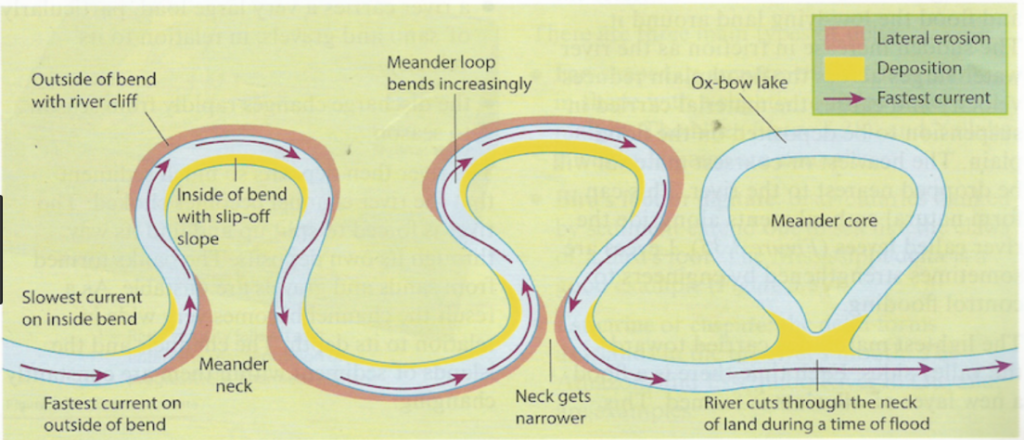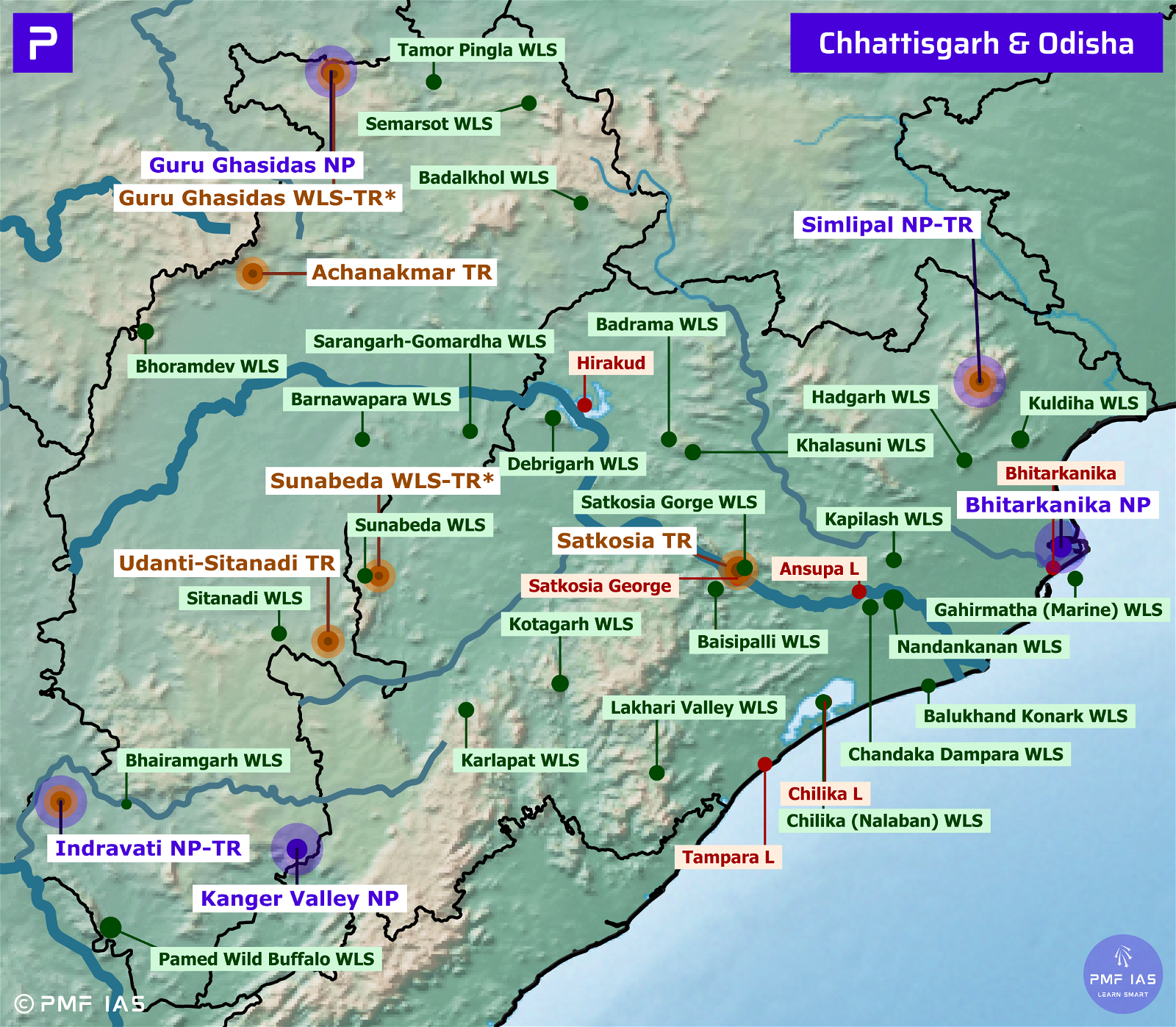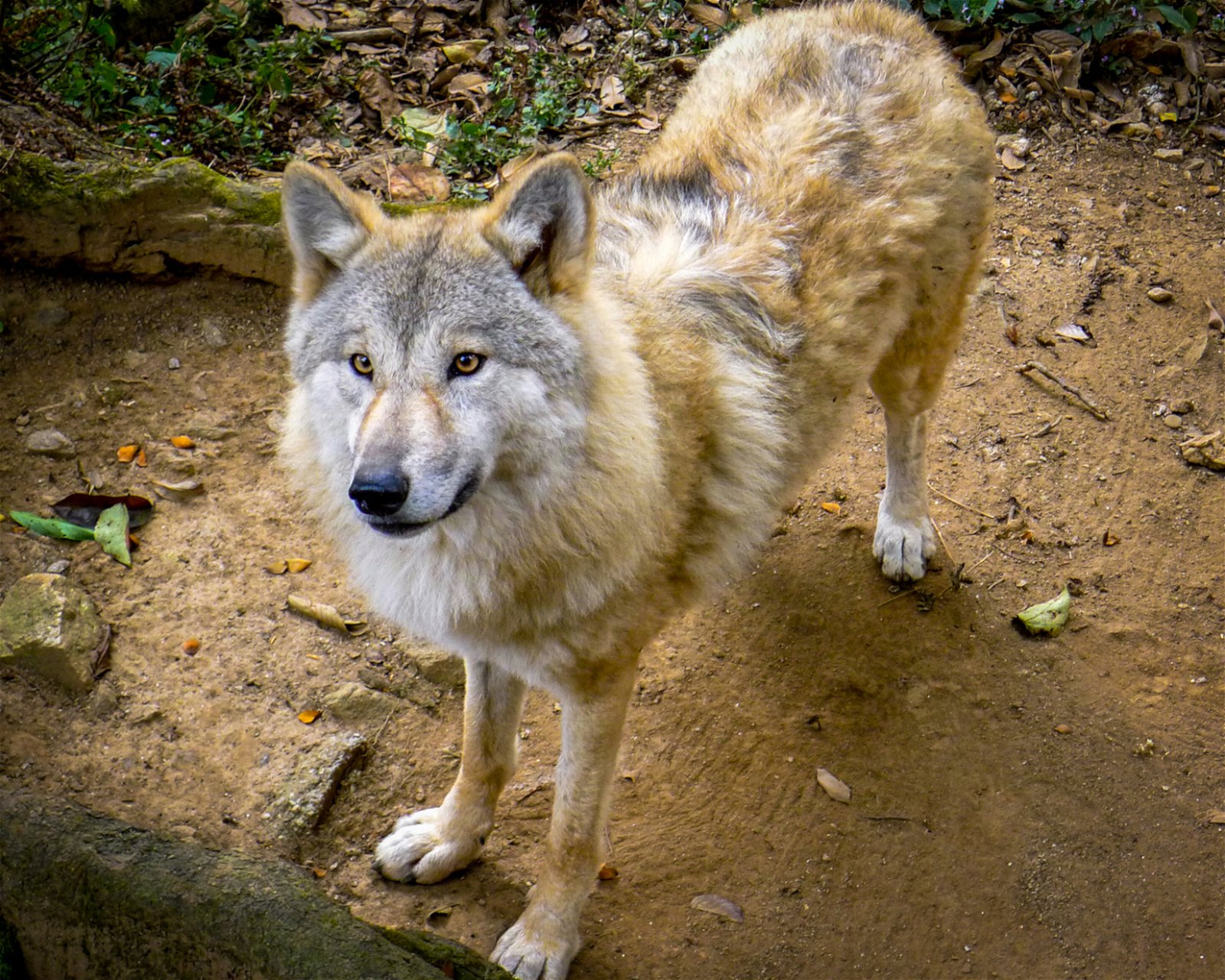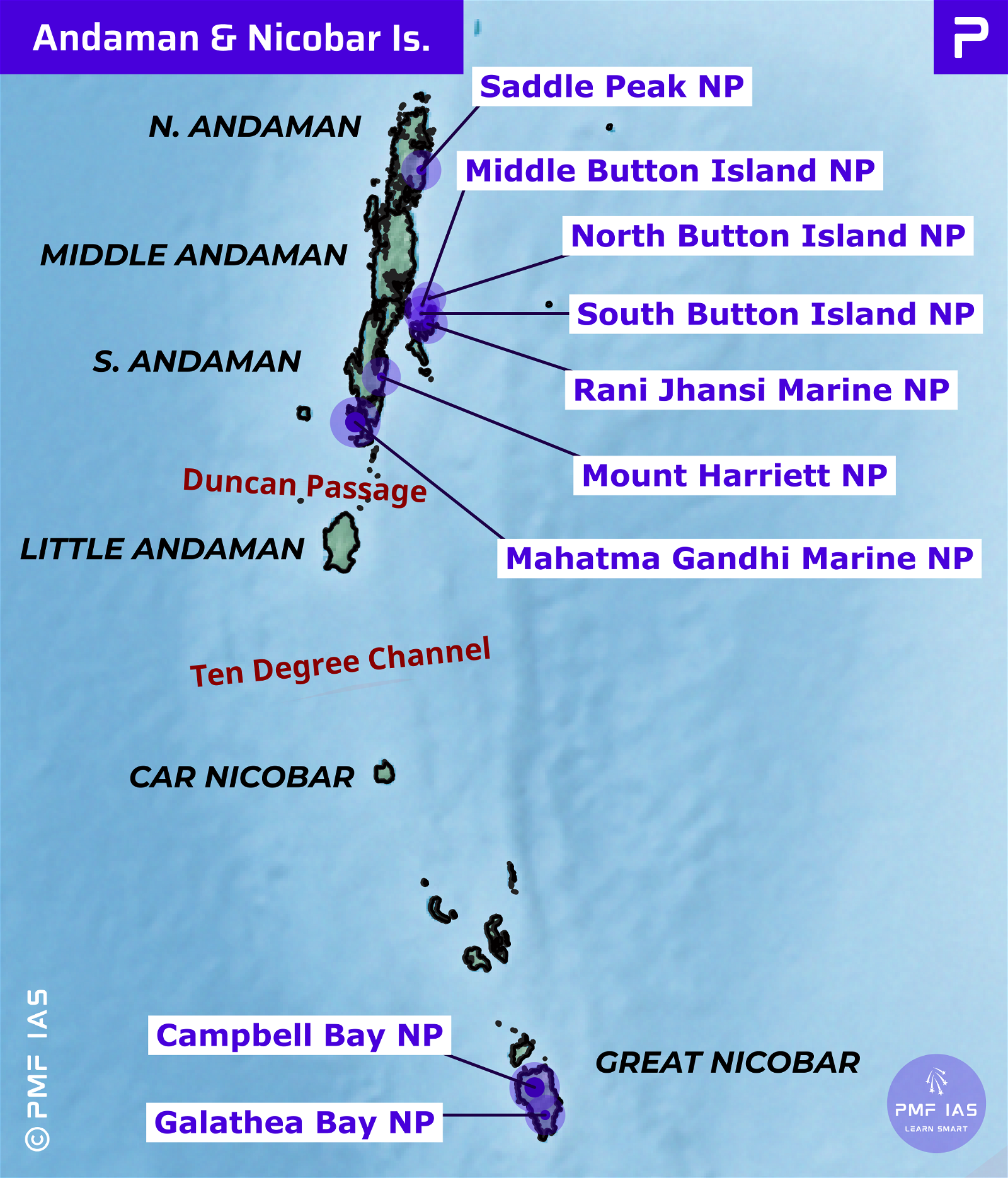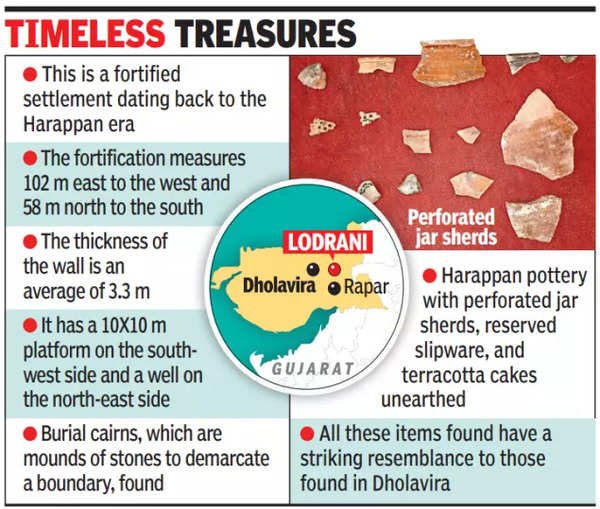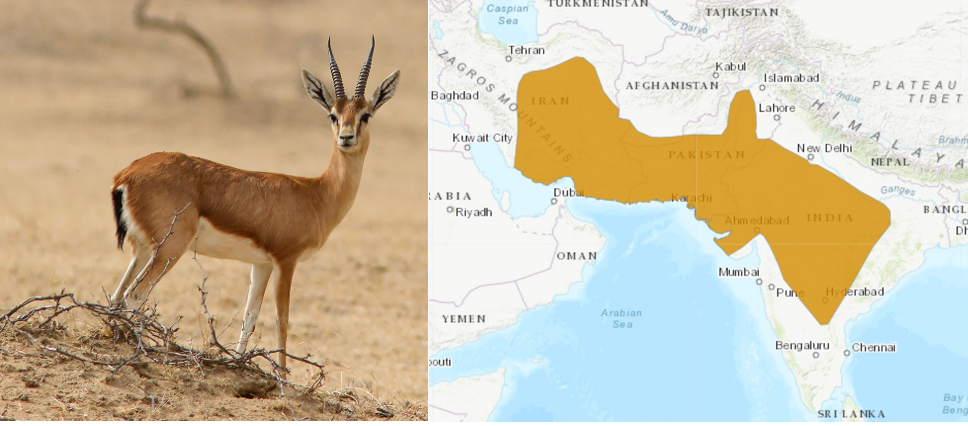
Aldabra Giant Tortoises (Aldabrachelys gigantea)
Subscribe to Never Miss an Important Update! Assured Discounts on New Products!
Must Join PMF IAS Telegram Channel & PMF IAS History Telegram Channel
- Context (DTE): Aldabra giant tortoises have returned 600 years after they were wiped out to the wild in Madagascar.
- The Aldabra Giant Tortoise is the second-largest species of land tortoise in the world, after the Galapagos giant tortoise (Chelonoidis nigra).
- Habitat: It lives in open grassy areas with trees and bushes or scrub, and swampy mangroves.
- Physical description:
- They are dark gray to black in color with a highly domed, thick carapace.
- Aldabra tortoises are sexually dimorphic, meaning that there are differences in appearance between males and females.
- Males are considerably larger than females and have longer, thicker tails.
- Distribution: They are found on Aldabra Island. They were apparently introduced to Mauritius and the Reunion Islands.
- Diet: They are grazers and browsers, feeding mainly on grasses and woody plants. They may also eat faeces.
- Aldabra tortoises can reach ages of over 150 years.

Aldabra Islands
|





![PMF IAS Environment for UPSC 2022-23 [paperback] PMF IAS [Nov 30, 2021]…](https://pmfias.b-cdn.net/wp-content/uploads/2024/04/pmfiasenvironmentforupsc2022-23paperbackpmfiasnov302021.jpg)

